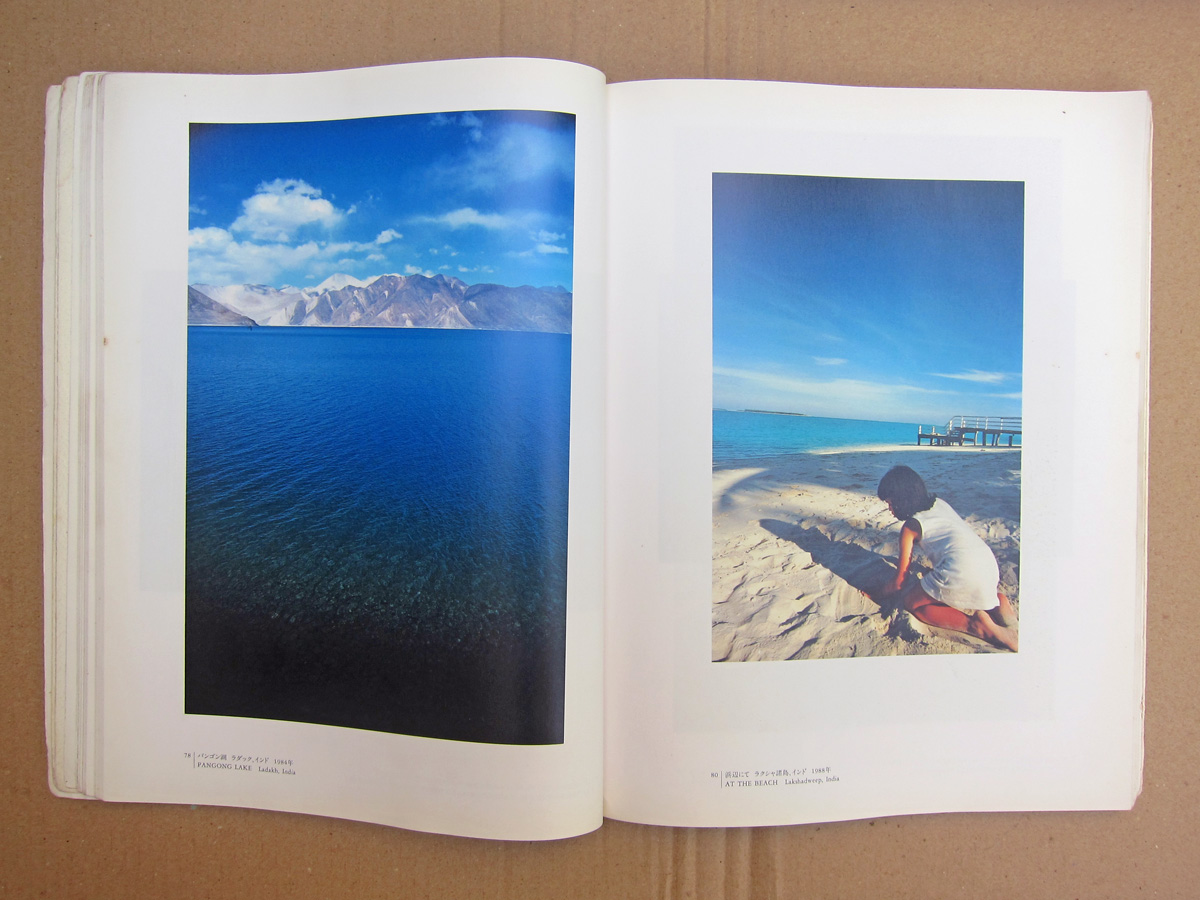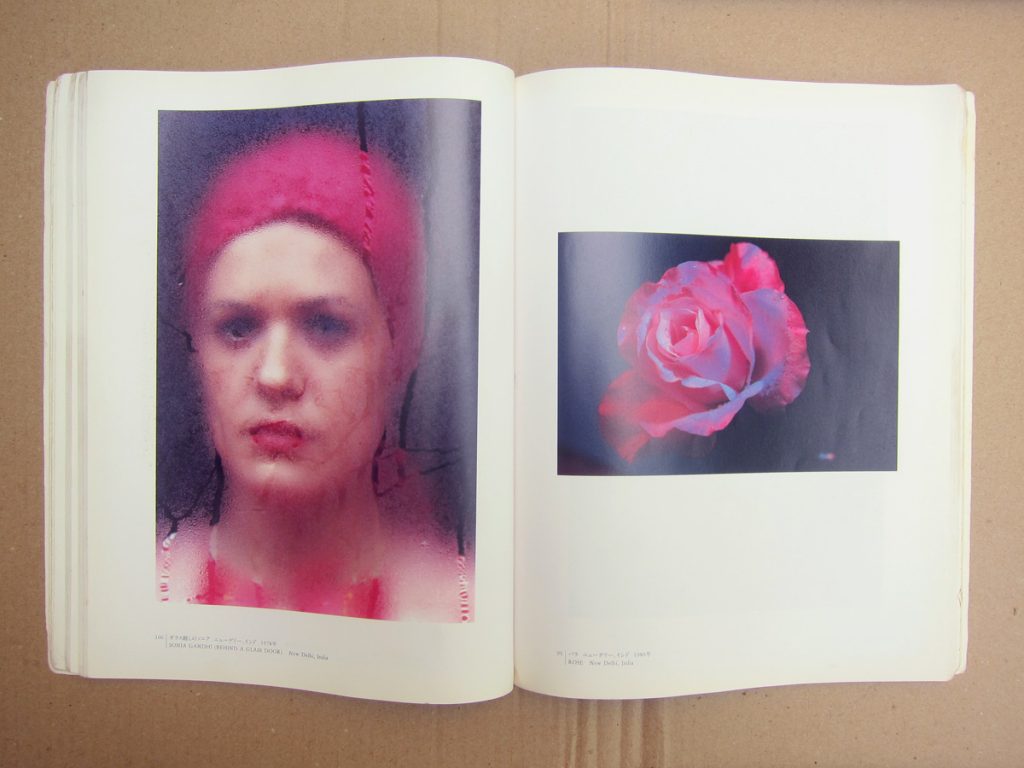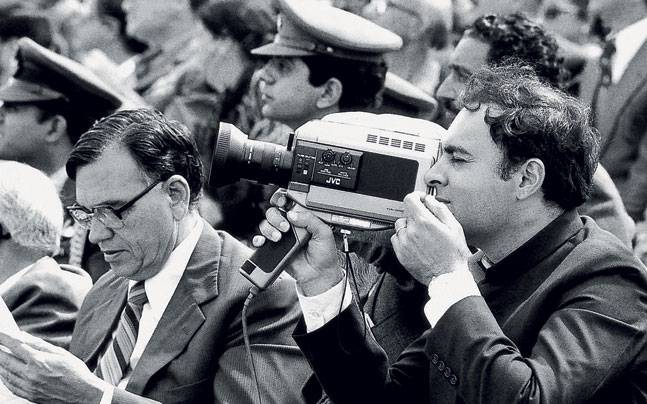Photography, which essentially means “drawing with lights” in Greek, is not just the art of visual narrative but also a science of capturing the spectrum of light and storing it in a medium.
Photography has been in existence for a century now capturing moments of mankind and their surroundings. It is a medium that is used for various reasons. It may be to reflect the truth or to hide it. It may be to capture a group’s ideology or to present one’s own perspective. But whatever reason there may be, this process of photography isn’t just clicking a button. It is a lot more.
Just like any other art, it requires an idea, a subject, and proper execution. It isn’t just imprinting different objects into the paper because if you ask ten people to take a picture of the same subject, all of them will capture it differently. The reason is different purposes and perspectives.
The purpose may be to show other people the best things they are unknown to or just for one’s own pleasure. When the latter is true for you, you never showcase your art publicly, no matter how good you are at it. You seek pleasure by looking through each picture you produced without having to put it under criticism’s eye. And that is what makes it a whole lot poignant.
So here we present a collection of photos, taken by the late Prime Minister Rajiv Gandhi, a photographer by hobby with special subtlety. As we observe this photobook, we learn how a series of photos present a meaningful story as they are stitched together into a narrative.
The book of his photographs, named ‘Rajiv’s World’ with a foreword by Sonia Gandhi, came out in 1995. These photographs taken by the late PM had been kept safely in the archives at the Rajiv Gandhi Foundation.
Rajiv Gandhi, the late prime minister was an avid photographer. And a serious one at it.
The beautiful laid-out book that was exhibited in the Japanese exhibition for photography presents a variety of images like Landscapes, wildlife, architecture, and family portraits. There are lovingly shot portraits of Sonia Gandhi, young, dynamic, and passionate.
There are charming portraits of friends and family including his mother, late prime minister Indira Gandhi and his children Rahul Gandhi and Priyanka Gandhi.
Aerial shots of jungles and wildlife have been taken. And then there is the photo of a nomadic tribal boy of Rajasthan taken in 1978 which resembles the popular photo of an Afghan Girl taken by Steve McCurry (later became the cover for Nation Geographic Magazine).

There are many photos of buildings, streets, and landscapes with no people in the frame. Flipping through the crisp pages of the book, one finds a very serene and observant ‘photographer’s eye’.

In the introduction to the book, Sonia Gandhi deftly describes Rajiv Gandhi’s photography:
“The most significant feature of Rajiv’s photographs is that they were intended for no eyes but his own; the communication he sought was between his subject and himself. He never set out, as a professional photographer would, to ‘cover’ a theme to build up an oeuvre, to seek out images to contribute to an overall visual ‘statement’.
He took photographs because that was for him one way to express his tenderness for those who shared his life, his instinctive feeling for nature, and his delight in observation.
Rajiv’s pictures are completely spontaneous and unselfconscious, the visual equivalent of a personal diary that he filled in at regular intervals through the seasons of his life. An intimate portrait of him, as mine was, could not have been complete without these images that so simply and so directly disclose some of his essential qualities’ ‘.
![]()


